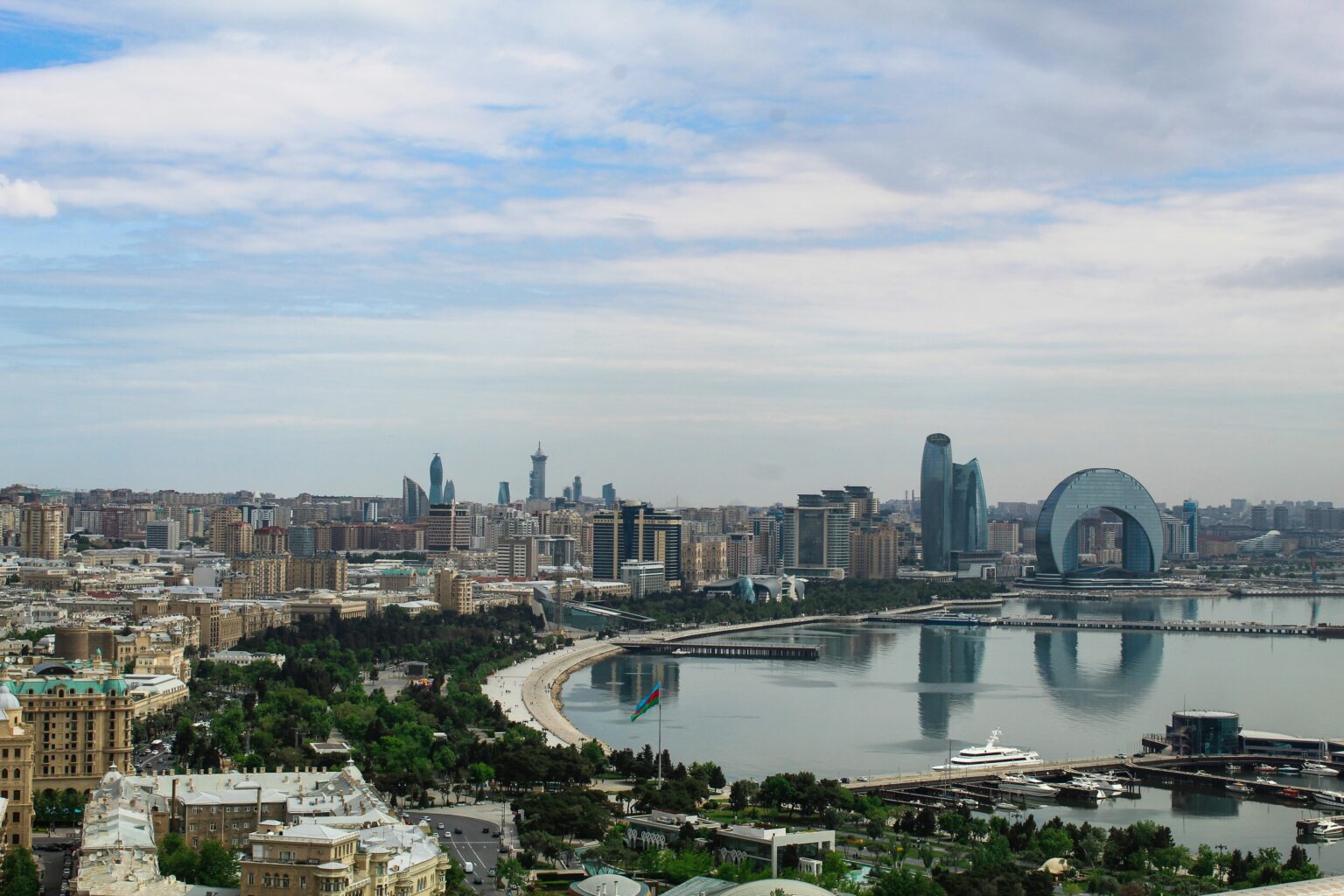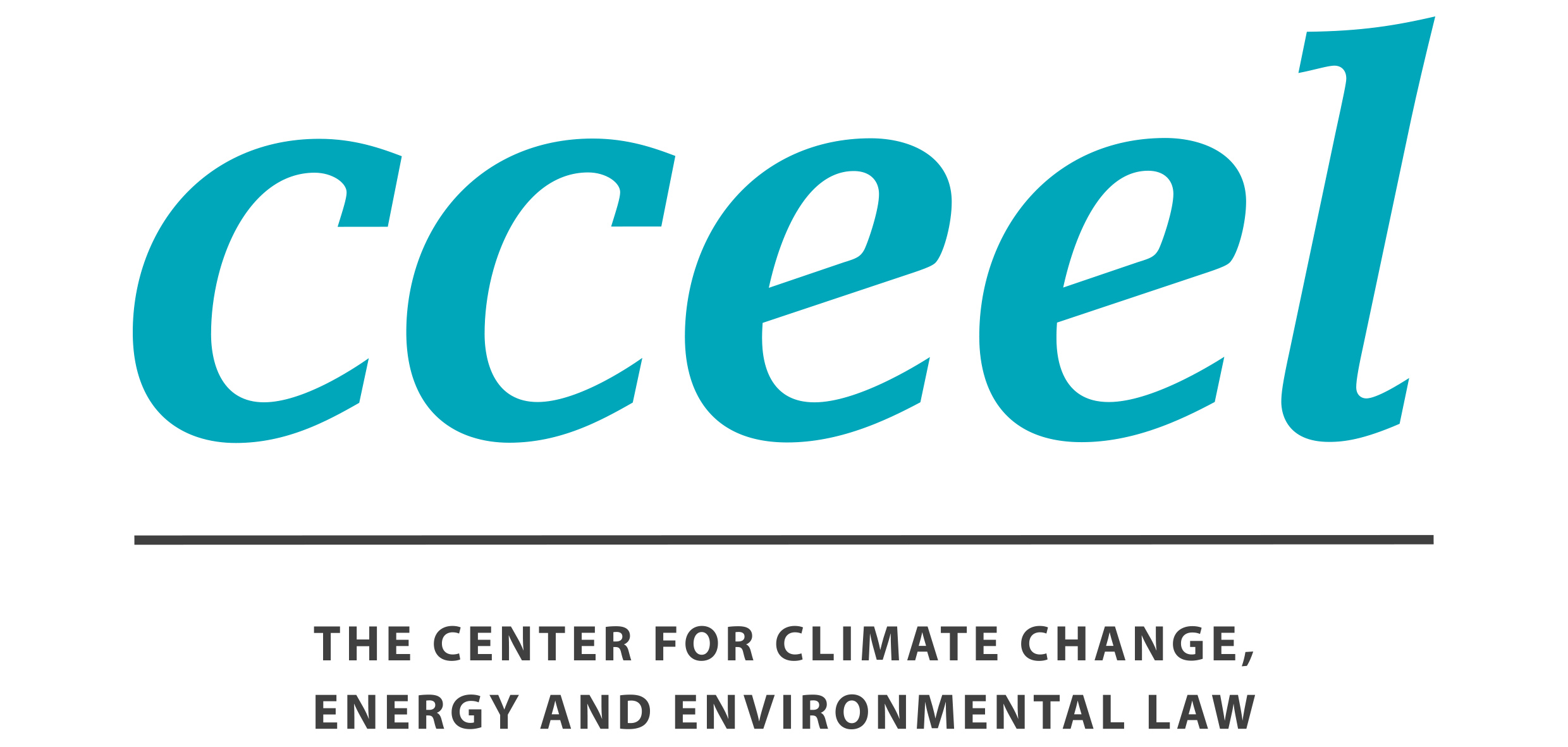Towards a More Representative and Equitable COP? UNFCCC Continues Efforts to Improve Observer Participation in Baku
By: Nicola Sharman, PhD Researcher at the University of Eastern Finland.
This blogpost was first published 2035Legitimacy blog (October 17, 2024).

From November 11 to 22, government delegations and other stakeholders will gather in Baku, Azerbaijan for COP29 of the United Nations Framework Convention on Climate Change (UNFCCC). But the UNFCCC has been struggling to manage huge numbers of attendees in recent years, while striving for participation that is meaningful and equitable. What initiatives have recently been rolled out to try to tackle these challenges?
Climate Finance Takes Center Stage at COP29
The annual UNFCCC conferences (COPs) are the epicentre of international cooperation to address climate change. During the two-week summit, states will negotiate to secure new climate commitments and agreements through a complex institutional process. This year will be particularly focused on the issue of climate finance and the terms of the new funding goal to support climate action in developing countries. But a number of other key issues will also be on the agenda, including the next round of Nationally Determined Contributions due in 2025, growing the loss and damage fund, and supporting adaptation.
Demand for COP Badges at All Time High
The UNFCCC has always facilitated participation of observer organisations. NGOs, research institutions, indigenous groups, local government networks, and private sector associations bring a diversity of perspectives into COP discussions, reflect an ‘all hands on deck’ approach, and maintain the democratic legitimacy of the process.
But it is only during the last decade or so that demand and conference venue capacities have ballooned. Last year, the president of COP28 in Dubai, Sultan Al Jaber, placed an emphasis on inclusivity and hosted a record of roughly 85,000 delegates.
Observers will attend the conference with various expectations and aims. Some will closely monitor and engage in the negotiation process. Some will share advice, engage in advocacy work, or showcase their own climate actions. Some will simply be there to network in the growing pavilion area, which is devoted to hosting side events in parallel to the formal negotiations.
How to Balance Inclusivity with Efficiency and Fairness?
Despite the merits of facilitating high levels of observer attendance, the reality is that this must be balanced against resource constraints and efficiency pressures. Moreover, participation done in the wrong way can undermine the very democratic values it aims to support.
The more participants there are, the lesser the portion of the ‘participation pie’ available to each participant, which reduces the quality and efficiency of discussions. The expanding pavilion space has drawn increasing criticism for transforming the conference into something akin to a world expo that sucks resources and overshadows the importance of the negotiations themselves.
Moreover, competition, power imbalances and institutional biases can fuel under-representation of the marginalised and affected groups. Recent COP statistics show significant imbalances in regional representation, with around two thirds of accredited observers headquartered in the Global North. There have also been reports of a growing presence of the fossil fuel industry, prompting concerns about conflicts of interests and undue influence that may undermine global climate action.
Managing Participation: Emerging Institutional Initiatives
With the democratic legitimacy of the process at stake, these issues have been discussed by states under the ‘Arrangements for Intergovernmental Meetings’ agenda item of the Subsidiary Body for Implementation. The UNFCCC Secretariat, as the self-described ‘custodian’ of the UNFCCC process responsible for the administrative and logistical aspects of the COPs, has also recently held consultations on how observer participation could be better managed. So far, a number of measures have been either introduced or are being considered, including:
- Limiting delegate capacity: Although no formal caps have been set, Simon Stiell, the UNFCCC’s executive secretary, has expressed support for keeping delegate numbers lower from now on, stating that ‘bigger doesn’t necessarily mean better’. This year, only 50,000 delegates are expected compared to the 85,000 recorded last year. Moreover, a reduced size is expected for COP30, which is to be held in Belém, Brazil, near the Amazon rainforest, due to logistical limits of the location.
- Redistributing badge quotas: In an effort to achieve greater balance in representation, the Secretariat has revised their badge allocations this year to increase quotas for newcomers and those from the Global South. Badges have also been made available on a daily basis, rather than for the full conference duration, to allow more flexibility. Proposals for a new badging system that distinguishes between the formal negotiations and the pavilion area have also been considered for future COPs.
- Greater transparency of participant information: Last year, the Secretariat requested and published more detailed information on the affiliations of COP attendees, in order to promote greater transparency.
- Expanding virtual participation: The functionality of the virtual platform has struggled in recent years. But parties have been encouraged to provide financing to support online participation and, this year, as a new initiative, each observer organisation has been offered 10 virtual badges.
Other proposals include establishing financial support mechanisms and holding more capacity-building sessions for organizations from developing countries, prioritizing side events for underrepresented groups, and encouraging host countries to simplify their visa application processes.
Beyond the COP: Strategies for to Influence Global Climate Action Year-Round
It is crucial that the UNFCCC keeps observer participation under review to ensure it remains as balanced and equitable as possible, within the confines of its limited resources. However, competition and hurdles involved to participate in the COPs will continue to deter many organisations.
As interested NGOs grapple with this, one important thing to remember is the reality that, by the time the COP comes around, much of the positioning and negotiation work has already been done. With this in mind, there are other ways to influence global climate outcomes. Participation at national levels, at other stages of the UNFCCC cycle such as regional climate weeks and the meetings of the subsidiary bodies in June, or ‘outsider tactics’, all provide useful, likely easier, and sometimes more meaningful engagement opportunities that can feed into global action.
